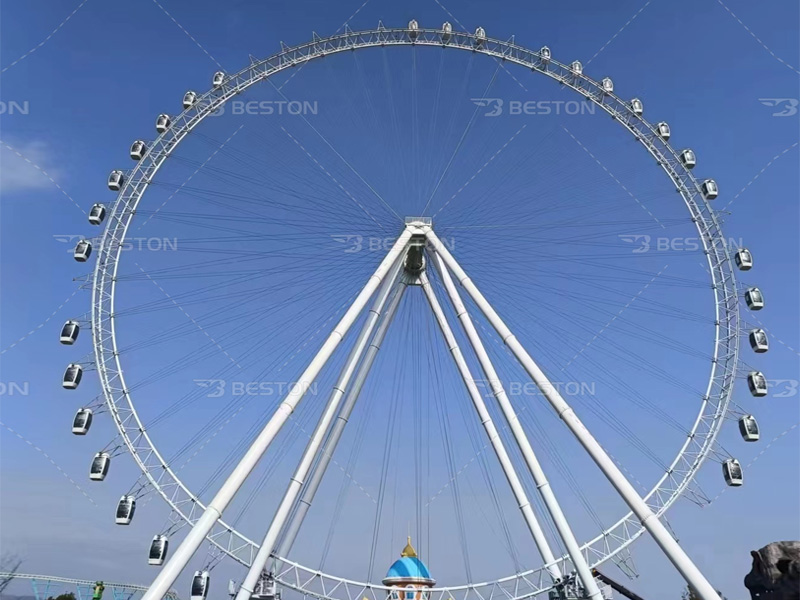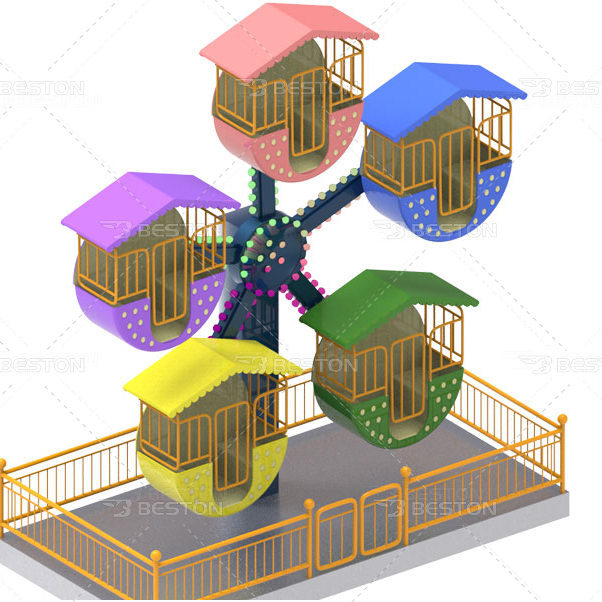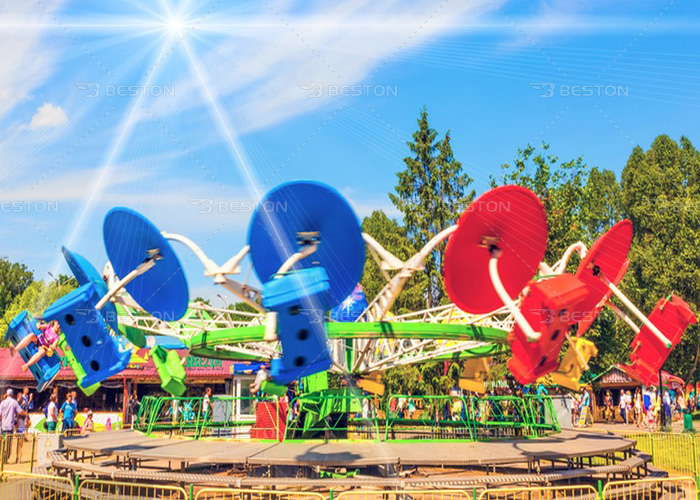The Ferris wheel, a quintessential symbol of amusement parks and fairs, is both an architectural marvel and a significant investment for operators. The price of a Ferris wheel can vary significantly based on several critical factors, particularly the size of the wheel itself. Understanding the intricacies of what influences these price differences is essential for stakeholders in the amusement industry, including investors, park managers, and manufacturers. This article delves into the myriad factors that contribute to the price differential between large Ferris wheels and their smaller counterparts.
Factors Influencing Ferris Wheel Price
One of the primary determinants of Ferris wheel price is its size. Large Ferris wheels typically come with a higher price tag, reflecting not only the cost of materials but also the engineering and design challenges associated with constructing larger structures. The complexity of manufacturing components such as the wheel itself, the gondolas, and the structural supports increases significantly with size. A large Ferris wheel, which may tower several hundred feet into the sky, necessitates robust materials and advanced engineering solutions to ensure safety and stability. This escalation in technical requirements directly correlates to the increased cost of production.
In contrast, smaller models, such as a mini Ferris wheel for sale, generally have a simpler design and fewer materials involved in their construction. The cost associated with smaller Ferris wheels is often more manageable, making them an attractive option for smaller amusement parks or traveling fairs. Furthermore, these mini versions are designed for ease of installation and transportation, which can significantly reduce operational costs. As a result, the price point of mini Ferris wheels remains relatively low compared to their larger counterparts, thereby appealing to a broader market segment.
Design and Engineering Considerations
Beyond sheer size, the intricacies of design and engineering play a pivotal role in the pricing of Ferris wheels. Large Ferris wheels often incorporate sophisticated features such as advanced safety mechanisms, intricate lighting systems, and elaborate theming. These features not only enhance the aesthetic appeal of the ride but also require a significant investment in both time and resources during the design phase. Consequently, these additional elements contribute to the overall cost, making large Ferris wheels a more expensive venture for operators.
Conversely, smaller Ferris wheels may lack such extensive features, focusing instead on simplicity and functionality. While they may not provide the same level of immersive experience as larger rides, they are ideal for settings where space is limited or for operators looking to minimize their investment risk. As amusement rides for sale become increasingly diverse, the demand for smaller, more economical options rises, further emphasizing the value of a cost-effective design.

Location and Installation Costs
The location of the Ferris wheel is another critical factor affecting its price. Large Ferris wheels often require substantial groundwork, including specialized foundations that can support their weight and height. The geographical location can also influence installation costs; for instance, installing a Ferris wheel in a densely populated urban area may present unique challenges such as zoning regulations and the need for additional safety measures. These considerations can significantly inflate the overall cost of a large Ferris wheel, making it less accessible for smaller amusement parks or fairs.
On the other hand, mini ferris wheel for sale is often designed for versatility, allowing them to be easily installed in various environments, from small amusement parks to local fairs. The lower installation costs associated with these smaller rides can be a decisive factor for operators with limited budgets. This flexibility not only contributes to their affordability but also enhances their appeal to operators looking for a lower-risk investment.

Market Demand and Consumer Preferences
Market demand and consumer preferences also play significant roles in the pricing of Ferris wheels. Large Ferris wheels, often seen as iconic attractions, can draw crowds and enhance the overall appeal of an amusement park. Their size and grandeur create a unique experience that smaller rides cannot replicate. As a result, large Ferris wheels may command a premium price due to their potential for higher foot traffic and increased revenue generation. Parks may justify the higher investment based on the anticipated return, particularly in tourist-heavy locations.
In contrast, smaller Ferris wheels cater to a different segment of the market. They are often seen as family-friendly attractions that provide a wholesome experience without the intimidation factor that larger rides can evoke. As consumer preferences shift toward more diverse and inclusive amusement options, the demand for smaller rides continues to rise. This trend has led to an increase in the availability of mini Ferris wheels for sale, making them an attractive choice for operators seeking to diversify their offerings without incurring the substantial costs associated with larger rides. Additionally, as operators look to expand their inventory, they increasingly explore various amusement rides for sale, considering factors such as potential profitability and customer appeal.
Conclusion
In summary, the price difference between large and small Ferris wheels is influenced by a combination of factors, including size, design, installation costs, and market demand. Large Ferris wheels, with their elaborate designs and significant engineering challenges, command a higher price due to their potential for enhanced revenue generation and crowd attraction. Conversely, mini Ferris wheels offer a more economical option, appealing to operators who prioritize versatility and cost-effectiveness.
As the amusement industry continues to evolve, understanding these price dynamics becomes increasingly essential for stakeholders aiming to make informed decisions. The diverse range of amusement rides for sale, including both large and small Ferris wheels, reflects the industry’s response to consumer preferences and market trends, ultimately shaping the future of amusement attractions.



0